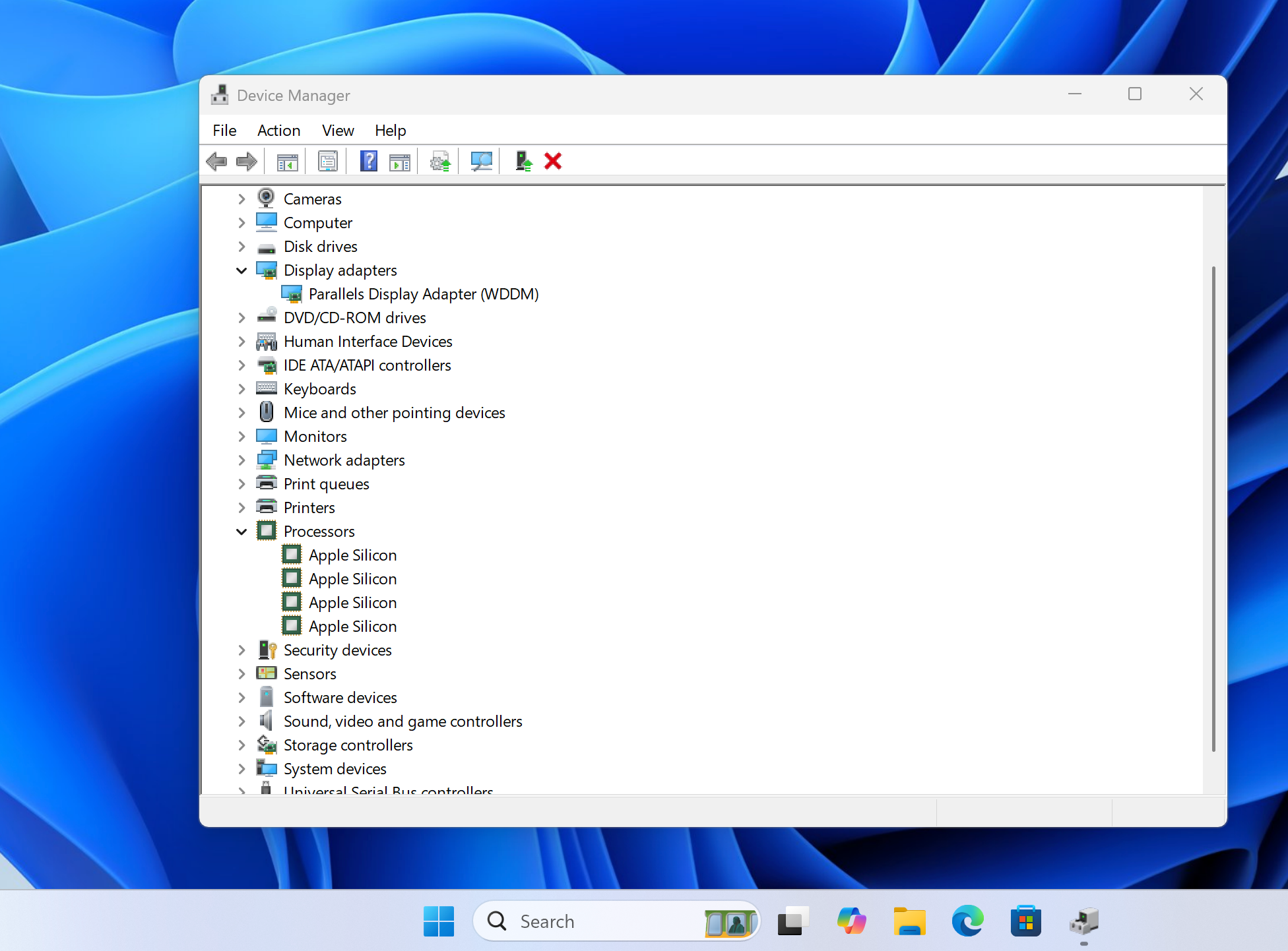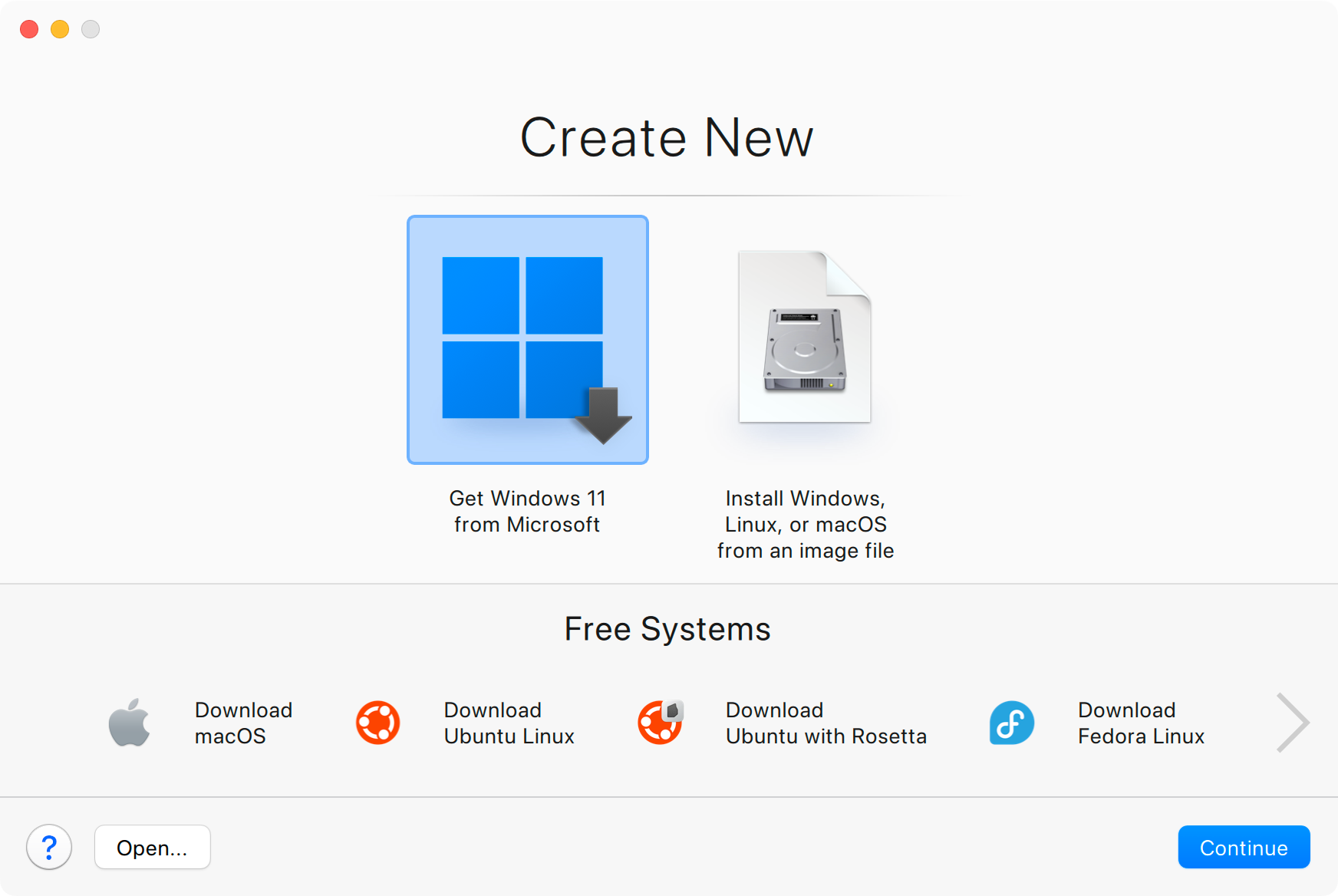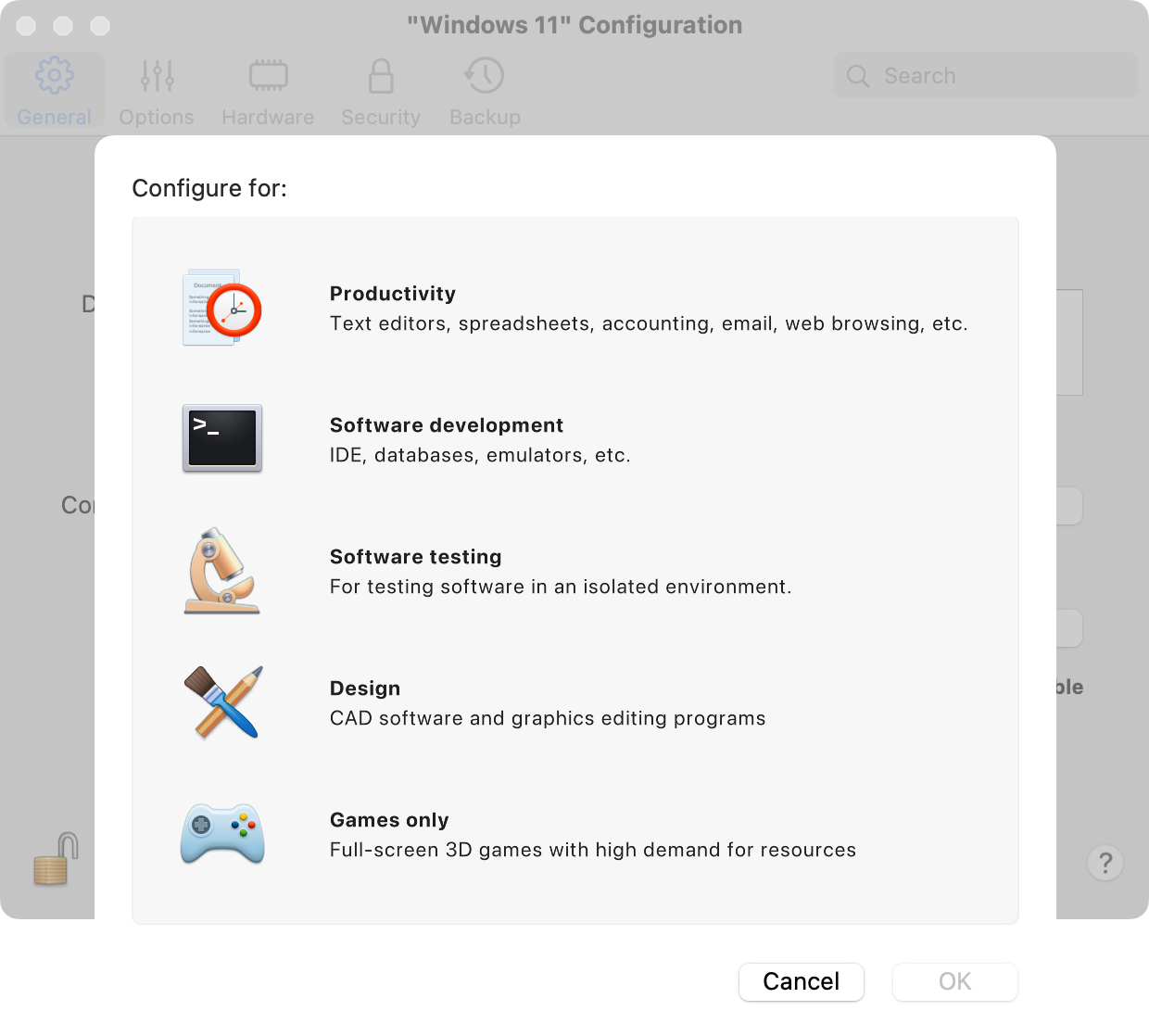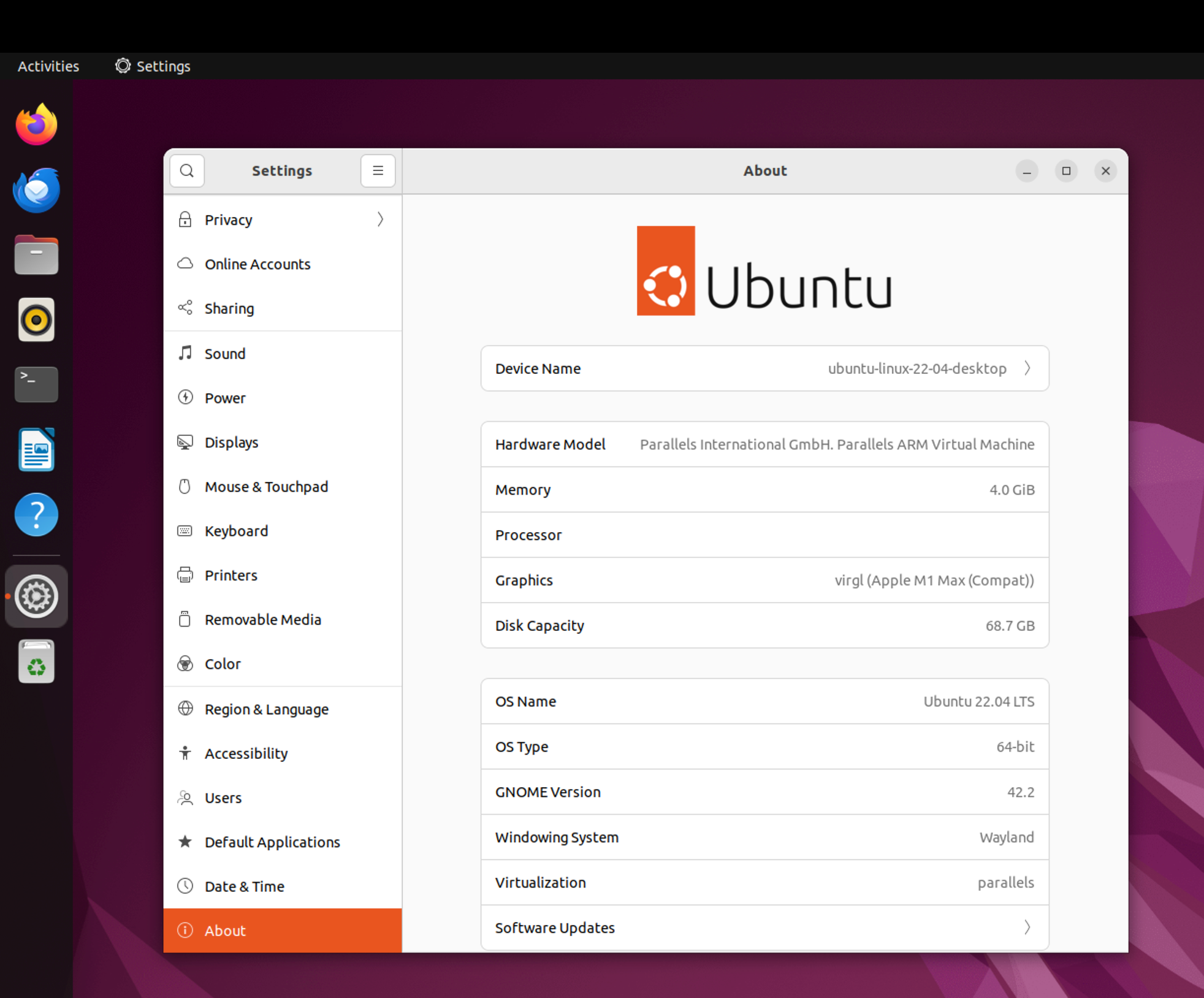Summary
- Parallels Desktop is worth paying for if you value an easy and automated setup procedure and superior performance than free virtualization software.
- I no longer have to spend hours troubleshooting apps like UTM to get Windows 11 to work, only to be disappointed by sub-par performance.
- Virtual machines are great for experimenting, learning, safely testing, and using platform-specific features.
Usually, seeing a monthly or annual subscription attached to a product is enough to get me to close the browser tab. In spite of this, I keep renewing my Parallels Desktop subscription.
Parallels Desktop Is Worth It to Me
Before we begin: this isn’t a sponsored post. I once reviewed Parallels Desktop for this very website, but I’ve since spent hundreds of dollars of my own money on it. I’m also going to say that you definitely shouldn’t buy this (or any) app without seeing the free trial through to the end.
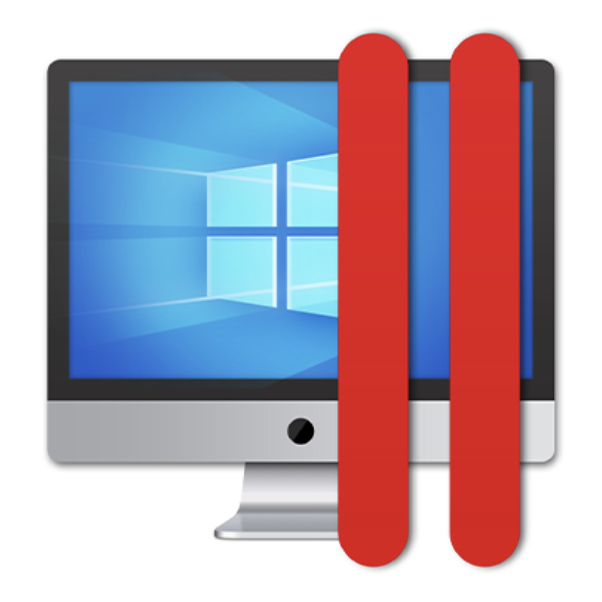
Parallels Desktop 18
Run Windows, Linux, and guest macOS installs on your Intel or Apple Silicon Mac with Parallels Desktop.
Parallels Desktop is a premium virtualization app that I use to run virtual machines on my aging M1 Max MacBook Pro. It costs $99 annually for the standard edition, which includes one major upgrade per year. You can buy the app outright for around double the price, but that only applies to the current version of the app (though there is an upgrade path).
As someone who has seen the benefits of the year-on-year upgrades that Parallels makes to the app, I’ve settled on the annual plan. I say this as someone whose computer is full of the best free Mac software you can find. I will almost always favor freeware and open-source projects, even at the cost of a few features.
I use Parallels Desktop to install and run the ARM-native version of Windows 11 and keep a rotating roster of Linux virtual machines handy. While I could do (and have done) this with a free app like UTM, Parallels Desktop has a few big advantages that make it worth the yearly fee to me.
Setting Up Virtual Machines Is a Breeze
I’m not afraid of getting my hands dirty from time to time, but the older I get the more I appreciate it when things just work. It’s the reason I switched to a Mac more than a decade ago, another situation where paying a premium feels like a worthy investment.
The virtual machine set-up process is where Parallels Desktop really shines. Installing Windows 11 is virtually unconscious: you just click the “+” plus button in the Control Center window, choose Windows 11, and then hit “Install Windows.” The next interaction you have with your virtual machine is in Microsoft’s OS.
I’ve spent a lot of time bashing my head against UTM, trying to get Windows 11 to work. When it does work, performance has been lackluster at best. Even in the Standard version of Parallels Desktop, which is limited to 8GB of RAM and 4 virtual CPUs, Windows performs adequately. I eventually dropped the Pro plan (with up to 128GB of RAM and 32 virtual CPUs) because I just didn’t need that much oomph.
If you do go for the Pro version, you’ll likely be interested in the various optimization profiles that Parallels includes that allow you to prioritize tasks like gaming or software development. Yes, some Mac users really do play Windows games using a VM (though you might want more joy with a bottler app like Whisky and Apple’s Game Porting Kit).
I recently binned an old Parallels Desktop Windows 11 virtual machine and set everything up from scratch, since my old install had “pulled a Windows” and become unwieldy. I was back in Windows within 15 minutes, and the installer even set up graphics and scaling options so that I didn’t have to fuss with Windows settings.
Never Underestimate How Useful VMs Can Be
“Real” Windows hardware is still recommended for playing the latest games and getting the most out of serious software like video editors, but not having to switch hardware to use Windows feels like a huge productivity hack. Windows on ARM has its own problems, but I’ve found that the hit is worth it for the remarkable convenience.
For me, it’s good enough to stay in the loop from the comfort of a macOS environment. As a Mac user, I’m genuinely interested in how Microsoft adapts Windows to work on ARM-based processors. Parallels Desktop remains a Microsoft “authorized” solution for using the operating system on a Mac, so there’s no better way to take the temperature.
There are all sorts of simple tasks that VMs excel at, like accessing drive volumes that don’t natively work on a Mac. On connecting a virtual drive I’m asked whether I want to connect it to my Mac or whatever VM is currently running. I can then write to Windows NTFS volumes without worrying about fiddling with macOS NTFS drivers or buying more software.
I recently needed to write files to an SD card formatted to EXT4, for use with a Linux-powered Steam Deck. Two clicks later and I’d shared my entire Mac drive with an Ubuntu-powered virtual machine and was transferring files.
My Time Is Worth the Price of Entry
Outside of iCloud+ and a Game Pass subscription, I typically don’t pay an ongoing fee for access to software. Parallels Desktop is the exception. It’s one app I can point to and say “If this thing saves me a few hours of messing around, it’s paid for itself.”
I salute anyone who has the time or inclination to troubleshoot and tweak free software in service of this task, but this is one area where I no longer have the patience.
If you’re new to the world of virtualization and you’re not even sure why you need Windows or Linux running on top of macOS, start with a free solution like UTM. But I can say that if you need a tidy all-in-one Windows solution for your Mac that will save you a headache, Parallels Desktop is the way to go.


